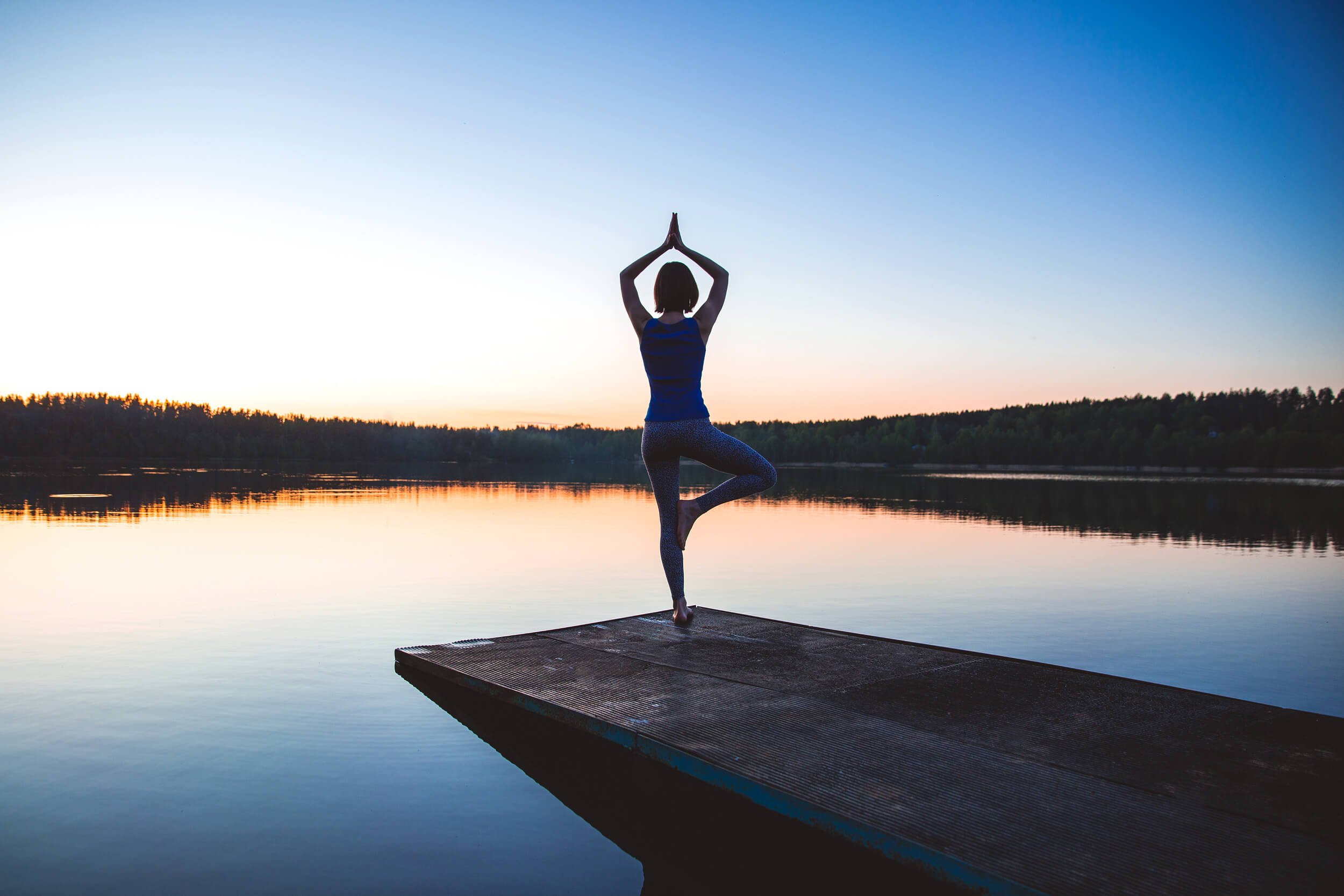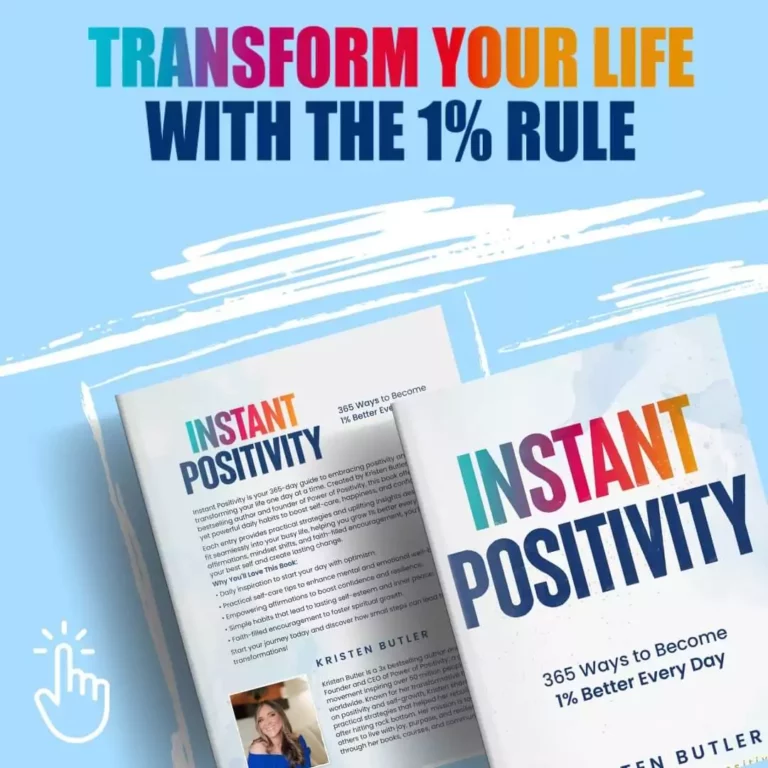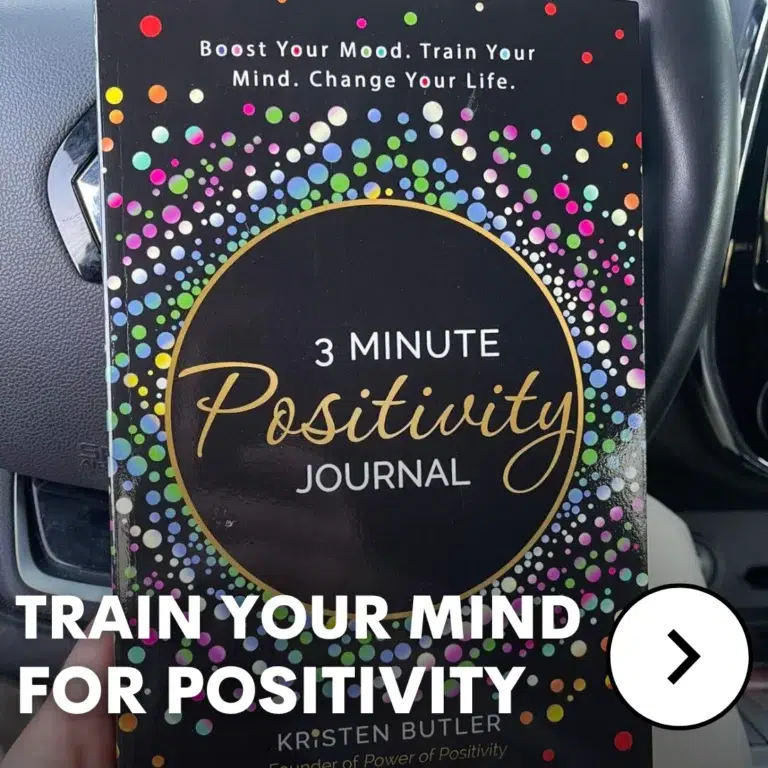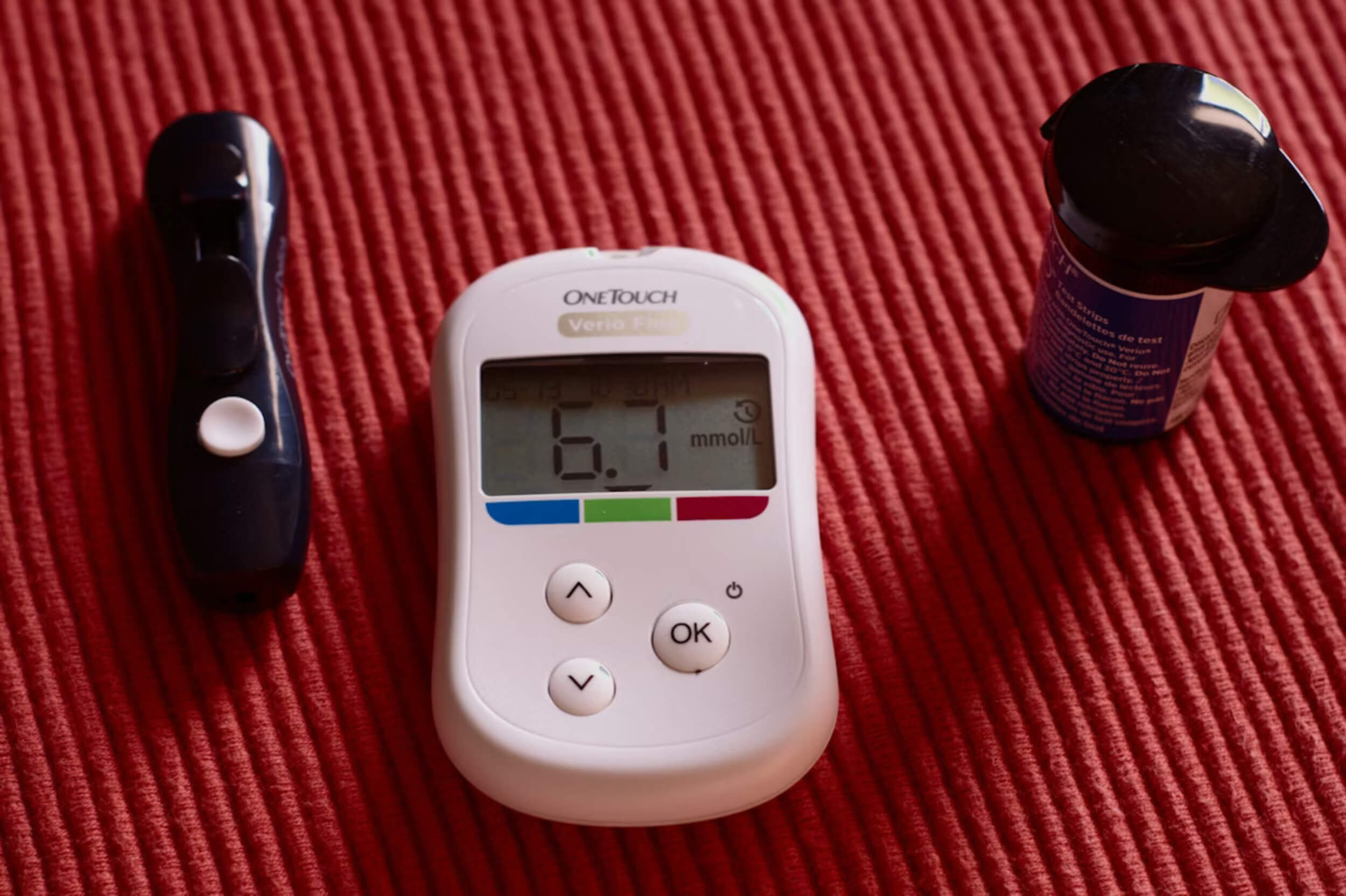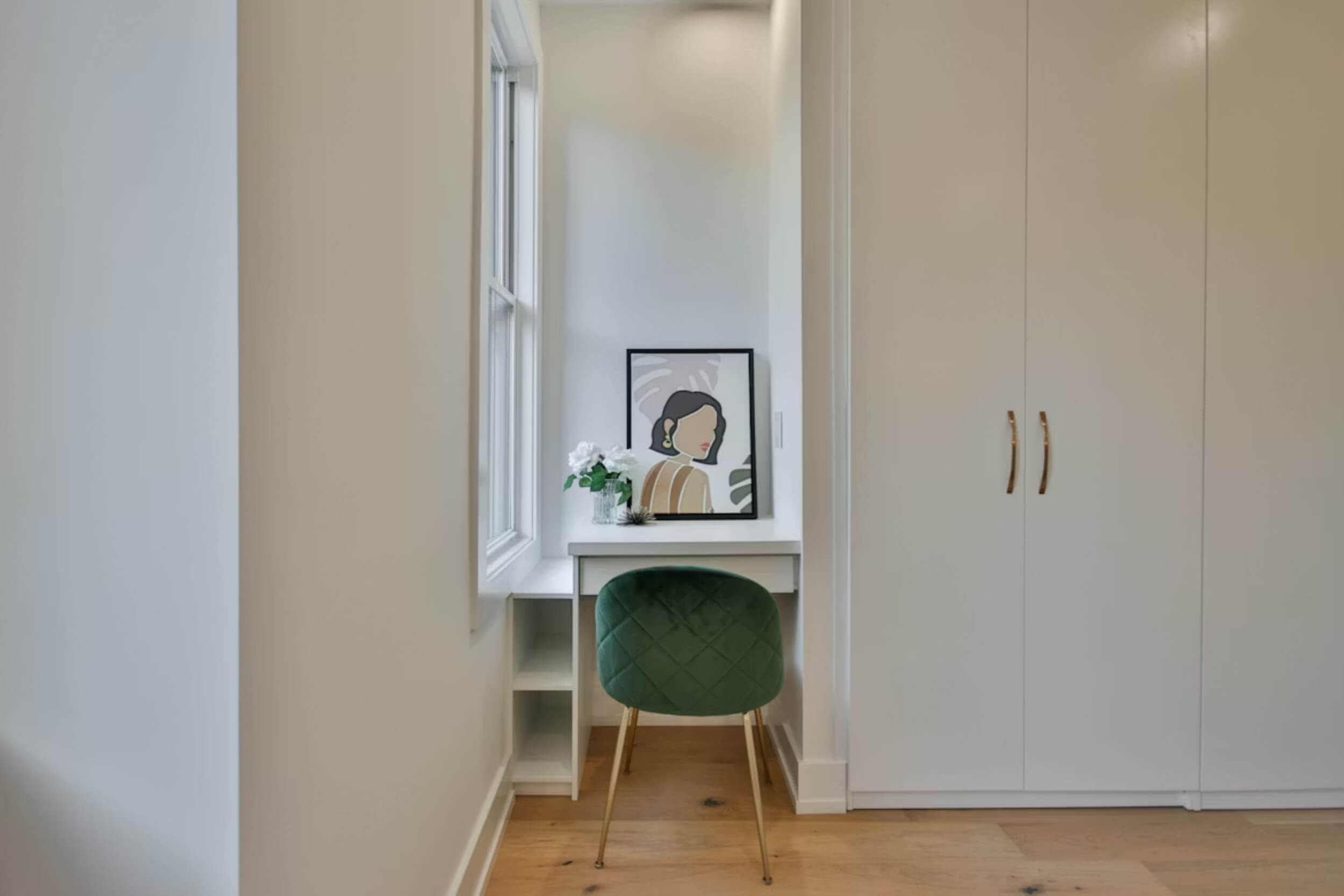Waking up with tight shoulders or feeling stiff after sitting too long is something many people face. Stress, busy schedules, or just getting older can make the body less flexible and harder to move with ease.
That’s where the gentle power of yoga comes in. Unlike high-impact workouts, yoga focuses on slow, steady movements that ease tension while also building strength. It’s a practice that meets you where you are, even if you can’t touch your toes or stretch very far.
The goal isn’t to push past limits but to help the body feel stronger and more open over time. This guide will show how yoga can turn stiffness into strength in a way that feels safe, supportive, and lasting.
The Hidden Costs of Stiffness
Living with a stiff body can make even simple movements harder than they should be. Turning to look over your shoulder, bending down to tie shoes, or sitting for long hours often feels uncomfortable. That kind of tightness doesn’t just slow you down — it chips away at your energy and affects posture over time.
Ignoring stiffness usually leads to bigger problems. The body becomes more fragile, and everyday actions start carrying a higher risk of injury. Blood doesn’t circulate as freely, which leaves muscles feeling tired and heavy. Over time, the combination of stress and limited mobility often turns into chronic pain that lingers in the back, neck, or hips.
A simple way to picture it: stiffness is like rust on the body’s hinges. Without care, it spreads and makes movement harder. With the gentle power of yoga, though, these hinges can loosen, and the body can move smoothly again. Yoga doesn’t only fight stiffness — it also prevents it from building up in the first place.
Yoga’s Gentle Science
Stretching through yoga works in ways that support both the body and mind. When muscles are lengthened slowly, they release stored tension. This also increases blood flow, allowing oxygen to reach areas that often feel tight.
Strength and flexibility are closely connected. Building strength with gentle resistance helps keep joints steady, while flexibility ensures those same joints can move without strain. Both sides of the equation are needed for a balanced, healthy body.
The mental side is just as important. Breathing in rhythm with movement calms the nervous system. Stress hormones drop, which means the body no longer “holds on” to tension the same way. Instead of muscles staying locked and tight, they soften and respond better to movement.
Here are three quiet but powerful changes that come with consistent yoga:
- Less tension locked in the muscles.
- More steady strength to protect joints.
- A calmer mind that allows the body to release stiffness.
When all these pieces come together, the gentle power of yoga transforms stiffness into a lasting sense of strength and ease.
Different Styles for Different Needs
Not all yoga looks the same, and each style offers something unique. Choosing the right one depends on what your body needs most.
- Hatha Yoga – Slow, steady movements make it perfect for beginners. It gives time to learn posture and breath without feeling rushed.
- Yin Yoga – Long, seated holds reach deep connective tissues. It’s especially good for people who feel tight in their hips or spine.
- Restorative Yoga – Cushions, straps, and blankets help the body fully relax. This style focuses on gentle release instead of effort.
- Vinyasa Yoga – A flowing practice that links breath with movement. It’s helpful for those who want both mobility and strength.
What stands out is how every option can be adapted. No matter your age or body type, there’s a style that fits. Each one highlights a different side of the power of yoga, proving that flexibility and strength can grow in ways that feel safe and supportive.
Preparing Safely Before You Start
Starting yoga doesn’t need fancy equipment, but a little preparation goes a long way. Simple warm-ups make joints looser and help prevent strain. Breathing deeply while moving allows the body to release tension at its own pace.
Props often make yoga safer and more comfortable. Items like blocks, straps, chairs, or cushions bring the ground closer, making it easier to hold positions. Instead of forcing the body, props support correct form.
Listening to limits is just as important as the poses themselves. Many beginners benefit from following three basic habits:
- Begin with shorter holds to avoid overstraining.
- Add time or depth only when the body feels ready.
- Stop when a stretch shifts into real pain.
Approaching practice with patience is what unlocks results. The power of yoga comes from steady progress, not from rushing or competing.
Conclusion – From Stiff to Strong
Stiffness holds people back from moving the way they want, often turning small tasks into daily struggles. Yoga changes that by giving the body room to move, adding strength where it’s needed, and bringing a sense of calm that lasts beyond the mat.
Gentle practice, done consistently, builds resilience without forcing the body. It’s proof that progress doesn’t come from pushing harder but from steady habits that the body can trust.
Even just 5–10 minutes each day makes a difference. Those short sessions, repeated over time, lead to long-term changes in flexibility, posture, and energy.
The final takeaway is simple: yoga isn’t about reaching your toes — it’s about what you gain while practicing. The power of yoga lies in how it helps you move, feel, and live with more ease.



